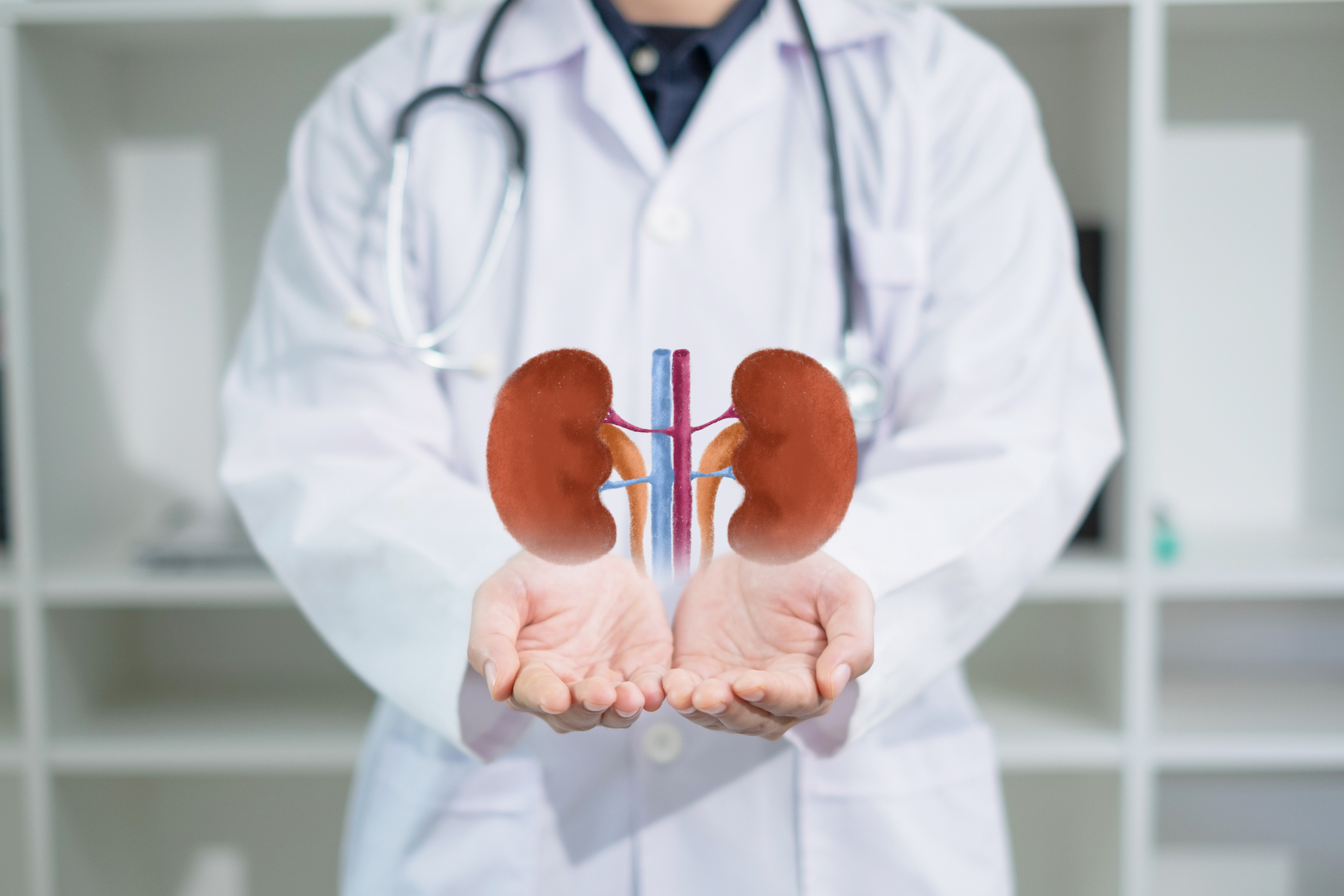After thorough evaluation, doctors reconstructed his ureter using buccal mucosa—tissue from inside his mouth.
Published Oct 20, 2025 | 6:00 AM ⚊ Updated Oct 20, 2025 | 6:00 AM

Representational image. Credit: iStock
Synopsis: Doctors at AINU in Hyderabad saved a 38-year-old Nepali man with one functioning kidney by reconstructing his damaged ureter using buccal mucosa from his mouth. The ureter, injured during a stone removal procedure, was repaired with a novel laparoscopic technique, marking a medical first. This intricate procedure restored kidney function, showcasing advanced urological innovation.
In a medical first, doctors at the Asian Institute of Nephrology and Urology (AINU) have saved a 38-year-old Nepali man’s life by using tissue from inside his mouth to reconstruct his damaged ureter—the narrow tube that carries urine from the kidney to the bladder.
The patient, who had been living with only one functioning kidney since childhood after the other became severely shrunken, faced a life-threatening crisis when his ureter got damaged during a stone removal procedure in Nepal. The ureters, which carry urine from the kidneys to the bladder, are extremely narrow, making any repair or reconstruction highly complex.
“Recently, a patient from Nepal who had kidney issues since childhood and one of his kidneys becoming severely shrunken, came to us. He had been living with only one functioning kidney for many years,” said Dr C Mallikarjuna, managing director, chief consultant urologist, and robotic surgeon at AINU.
A few months ago, stones developed in the upper portion of the ureter of that functioning kidney. The patient underwent laser treatment in his country to break the stones.
“Unfortunately, during the procedure, his ureter was damaged. Since the ureter is already narrow, the injury made it even narrower, leading to severe problems with urination. He was then referred to our hospital in Hyderabad,” Dr Mallikarjuna explained.
After thorough evaluation, doctors reconstructed his ureter using buccal mucosa—tissue from inside his mouth.
“The buccal mucosa is a thin layer. We graft it onto the damaged part of the ureter, where it adheres around the edges—much like patching a punctured tube—thus restoring its function. This is a very intricate and delicate procedure,” the doctor said.
Dr Mallikarjuna explained that whilst urologists have traditionally used buccal mucosa for urethral reconstruction—particularly in cases where urinary tract infections damage the urethra—using it for ureteral reconstruction is a completely new technique.
“The buccal mucosa—the tissue inside the mouth—normally plays a role in chewing, tasting, and eating food. It has been used earlier for urethral reconstruction, and now, we’re using it for ureteral reconstruction as well,” he added.
The distinction is crucial: ureters are tubes that transport urine from the kidneys to the bladder, whilst the urethra carries urine from the bladder to outside the body.
“Urethral reconstruction is relatively manageable because the urethra, which carries urine from the bladder out of the body, is wider. But reconstructing ureters is far more challenging because they are much narrower,” Dr Mallikarjuna said.
What makes this breakthrough even more significant is that AINU now performs these surgeries laparoscopically or robotically, rather than through traditional open procedures, reducing recovery time and complications.
Dr Mallikarjuna also emphasised the importance of precision in laser procedures. “Technology is always a boon. The way kidney stones are treated has drastically changed before and after the advent of laser technology. Most doctors prefer using lasers to ensure patients don’t face discomfort, and patients too opt for it. While laser treatment is highly effective, it must be used with proper care and precision,” he said, adding that buccal mucosa grafts now allow doctors to overcome even the most challenging urological reconstructions successfully.
(Edited by Amit Vasudev)
